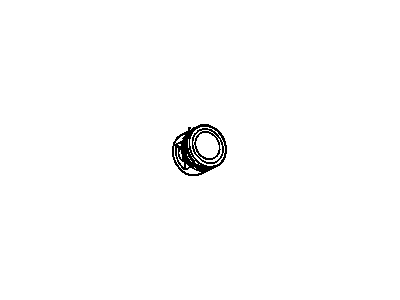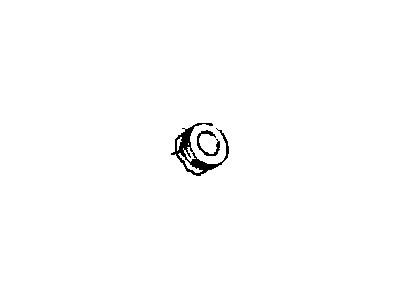
My Garage
My Account
Cart
Genuine Chevrolet El Camino Piston
Engine Pistons- Select Vehicle by Model
- Select Vehicle by VIN
Select Vehicle by Model
orMake
Model
Year
Select Vehicle by VIN
For the most accurate results, select vehicle by your VIN (Vehicle Identification Number).
2 Pistons found
Chevrolet El Camino Piston
The Piston in Chevrolet El Camino vehicles is an important component which is used for converting the power produced during combustion into the energy needed to make the car move. This one is very crucial for the internal combustion engine as it helps in transmitting force exerted by expanding gases to the crankshaft. It is normally made from aluminum alloys to make it strong and lighter as some of the performance models use forged or billet pistons. Throughout the years, Chevrolet El Camino models have used a number of pistons such as trunk pistons for both petrol and diesel engines where the pistons support side forces and incorporate oil rings. Moreover, racing pistons are constructed to be light while at the same time being strong enough to withstand racing conditions which involve high RPM. Chevrolet El Camino vehicles come with different piston designs to enhance power and efficiency in their engine, thus catering for every engine set up in the models.
Each OEM Chevrolet El Camino Piston we offer is competitively priced and comes with the assurance of the manufacturer's warranty for the part. Furthermore, we guarantee the speedy delivery of your orders right to your doorstep. Our hassle-free return policy is also in place for your peace of mind.
Chevrolet El Camino Piston Parts Questions & Experts Answers
- Q: How to remove the Piston and Rod Bearing in V8 engine on Chevrolet El Camino?A:This one involves, stripping the engine including the oil pan, Oil Pump, and Cylinder Heads. Before the piston assemblies are forced up thru the top of the engine block, use the ridge reamer to remove the ridge & carbon deposits on top of each cylinder taking one cylinder at a time by turning the position of the engine such that one of the pistons sits at the bottom of a cylinder. Put a rag at the end of the connecting rod to capture the cuttings, and after clearing the ridge, turn the engine to get the piston to the top and take the cloth and cuttings away for you not to harm the Piston Rings, pistons, or cylinder walls. Check the connecting rods and the caps for stoke numbers and, if they are not there, then mark them with a small punch. Undo the nuts on the connecting rod stud in a synchronized manner and raise the cap on the Crankshaft; the cap and bearing shall be kept on a clean surface marked to indicate the respective cylinder. It is advisable to cover the connecting rod studs with rubber or plastic tubing in order not to damage the crankshaft or the cylinder wall through the piston assembly removal. Remove the piston/connecting rod assembly through the top of the cylinder and have it sit right next to its respective rod cap at the sequenced work area for the remaining cylinders but the tubing can be used over and over. Detach the bearings by using the small screwdriver after which you will consider the state of the engine in order to reuse the connecting rods and caps or not. If available, the removal of the pistons rings from the piston is done using a piston ring expanding tool, if not available expand the ring just only to get behind the piston body and use tin strips to assist you to remove the ring. Put the rings in the order in which they are placed at the installed position after the piston/connecting rod with the number at the work area. To reduce the connecting rod from the piston, remove the piston pin; a job that must be done by a dealer or an automotive machine shop because of the tools required. Do not clean and inspect the piston/rod assemblies at this stage because its condition should dictate whether or not the cylinder block or crankshaft has to be replace.











